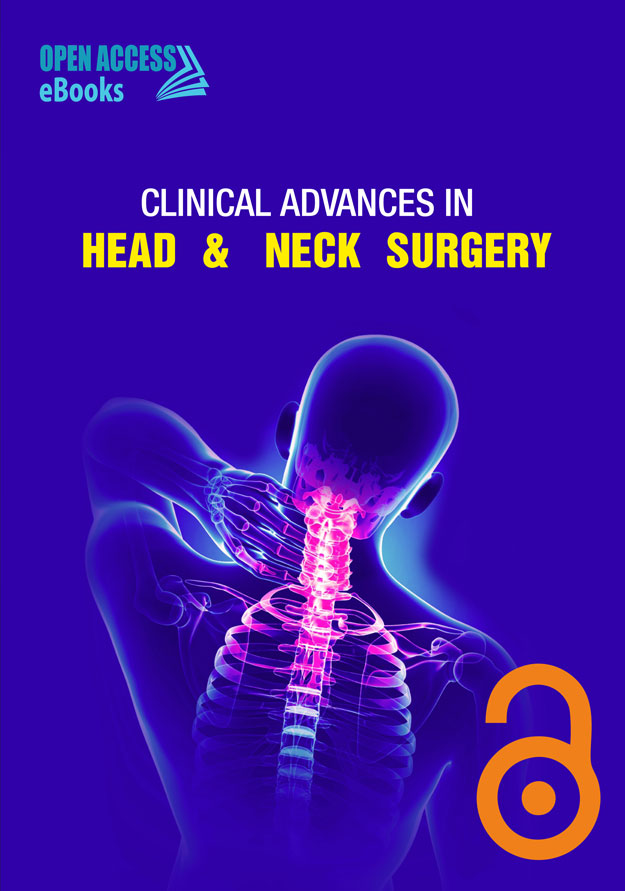List of Chapters
Functional outcome of supracricoid laryngectomy with cricohyoidoepiglottopexy in the elderly
Author(s): Luca D'Ascanio*, MD; Fabrizio Longari, MD; Stefano Cantore, MD; Fabio Piazza, MD
Supracricoid laryngectomies (SL) were introduced to radically treat laryngeal tumors while respecting laryngeal function. Despite SL with cricohyoidoepiglottopexy (CHEP) allows good functional results in terms of swallowing, Supracricoid laryngectomies (SL) were introduced to radically treat laryngeal tumors while respecting laryngeal function. Despite SL with cricohyoidoepiglottopexy (CHEP) allows good functional results in terms of swallowing, breathing function and voice quality, older age has been traditionally considered a contraindication to SL. Aim of this study is to investigate the functional outcomes of SL with CHEP among elderly patients (age older than 70 years) and compare them with those obtained in younger subjects submitted to CHEP for laryngeal cancer.
Anaesthesia for Head and Neck Cancer Surgery
Author(s): Uma Harihran*; Shagun B Shah
The incidence of head and neck cancers is on the rise. This implies that the anaesthesiologists will be dealing with these patients more often, in both elective and emergency operation theatres for various diagnostic, therapeutic and palliative procedures. Head and neck cancers (HNC) are most commonly associated with tobacco use in various forms. This also has concurrent anaesthetic implications. Most of these patients would also be candidates for chemo-and/or radio-therapy, which also poses several anaesthetic challenges. The over-riding concern in anaesthesia for HNC patients is the safe management of the airway. A proper structured plan for airway management needs to be laid down for every patient, at every step: during intubation, during intra-operative surgical manipulations and at the time of extubation. This requires a multi-disciplinary approach and a sound understanding between the onco- surgeon, anaesthesiologist, plastic surgeon and the intensivist. Most of these patients may have associated co-morbid conditions, which warrants pre-operative optimization and suitable modification of the anaesthetic management. Nutritional and psychological considerations need special mention in all HNC patients.
Surgical Therapy of Headaches: Minimally Invasive Approaches
Author(s): Edoardo Raposio*; Nicolò Bertozzi; Chiara Bordin; Francesco Simonacci
During the last few years, multiple studies have demonstrated the efficacy of migraine and tension-type headache trigger site deactivation surgery, hence expanding the therapeutic potentiality of plastic surgery. These procedures are performed based on headache onset location: 4 trigger points that may cause the compression of the trigeminal branches have been described. In the present chapter we describe indications, contraindications, procedures and results of this therapy, focusing on our approach that relies on one 1-cm incision and it is performed under local anesthesia.
Editors:
1. Salvatore Napolitano
2. Imad Bren
3. Luca D'Ascanio
4. Parveen Ahlawat
5. Silvia Strambi
6. Cristobal Langdon
7. Massimiliano Visocchi
8. Christopher Fundakowski
8. Mostafa A. Sakkary
